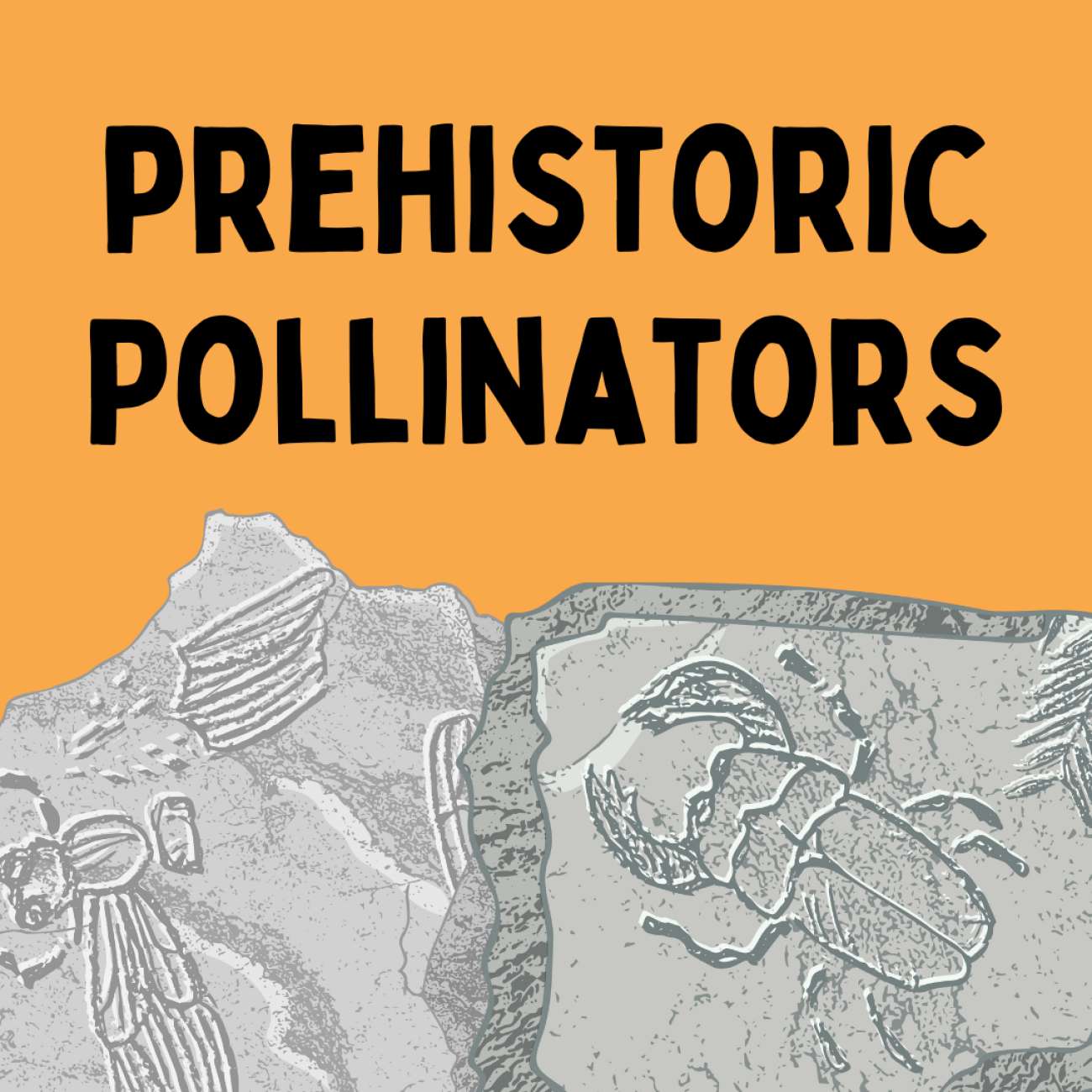
hfvshdhshshshshshshshssssssssssssssssssssssshhhhhhhhhhhhhhhhhhhhhhhhhhhhhhhhhhhhhhhhhhhhhhhhhhhhhhhhhhhhhhhhhhhhhhhhhhhhhhhhhhhhhhhhhhhhhhhhhhhhhhhhhhhhhhhhhhhhhhhhhhhhhhhhhhhhhhhhhhhhhhhhhhhhhhhhhhhhhhhhhhhhhhhhhh
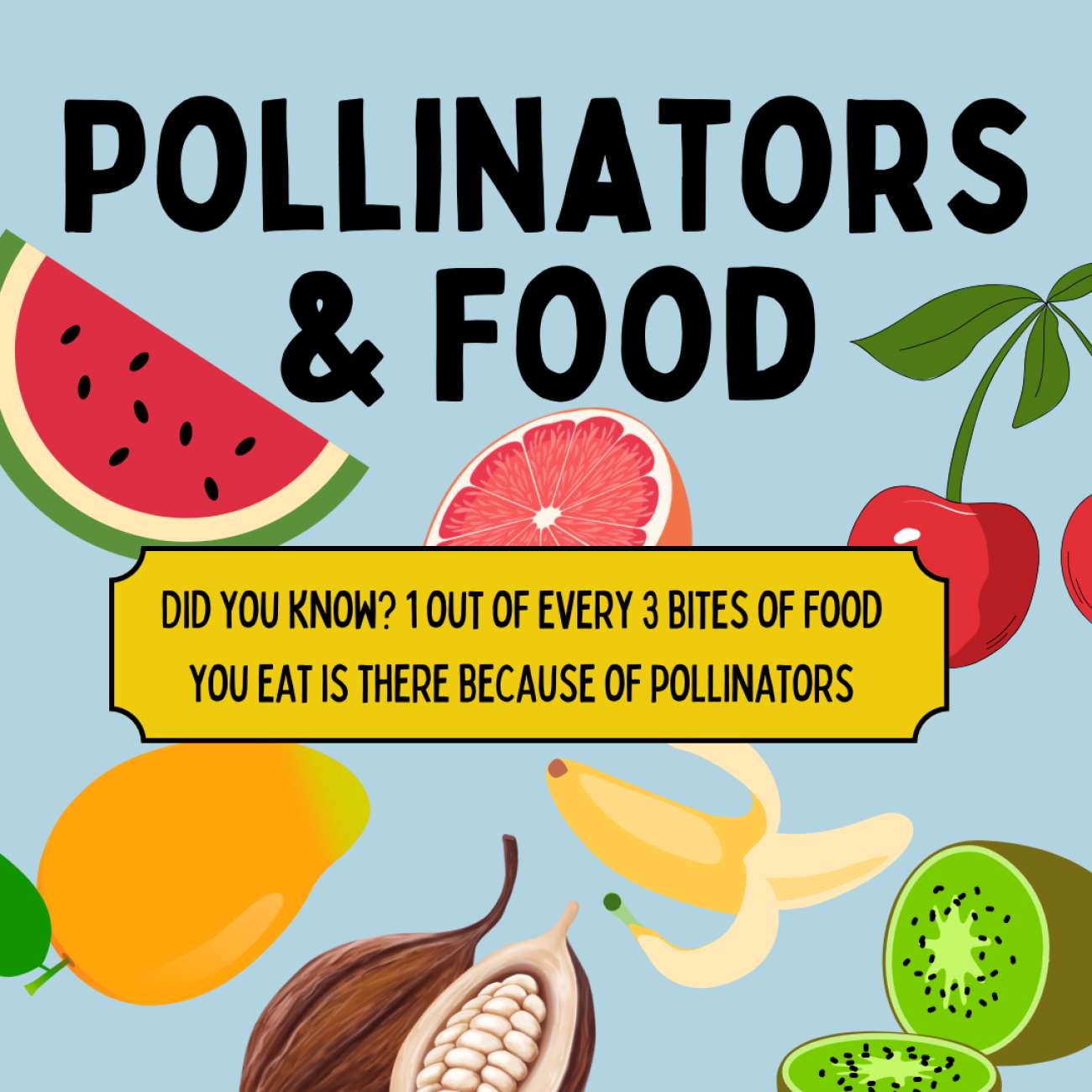
Pollinators are found on every continent except Antarctica. With 200 000 types of pollinators, they are an extremely diverse group of animals. Swipe to see some examples of pollinators all over the world. Many are very familiar to us, including bees, butterflies, and hummingbirds. Lesser known pollinators such as flies, moths, wasps, and beetles are also crucial to the reproduction of the plants around them. Some are only pollinators in certain parts of the world including bats, who pollinate in what’s known as the “Equator belt”, including South and Central America, Africa, and Asia, and lemurs, whose habitat is limited to Madagascar. Pollinators come in all shapes and sizes!
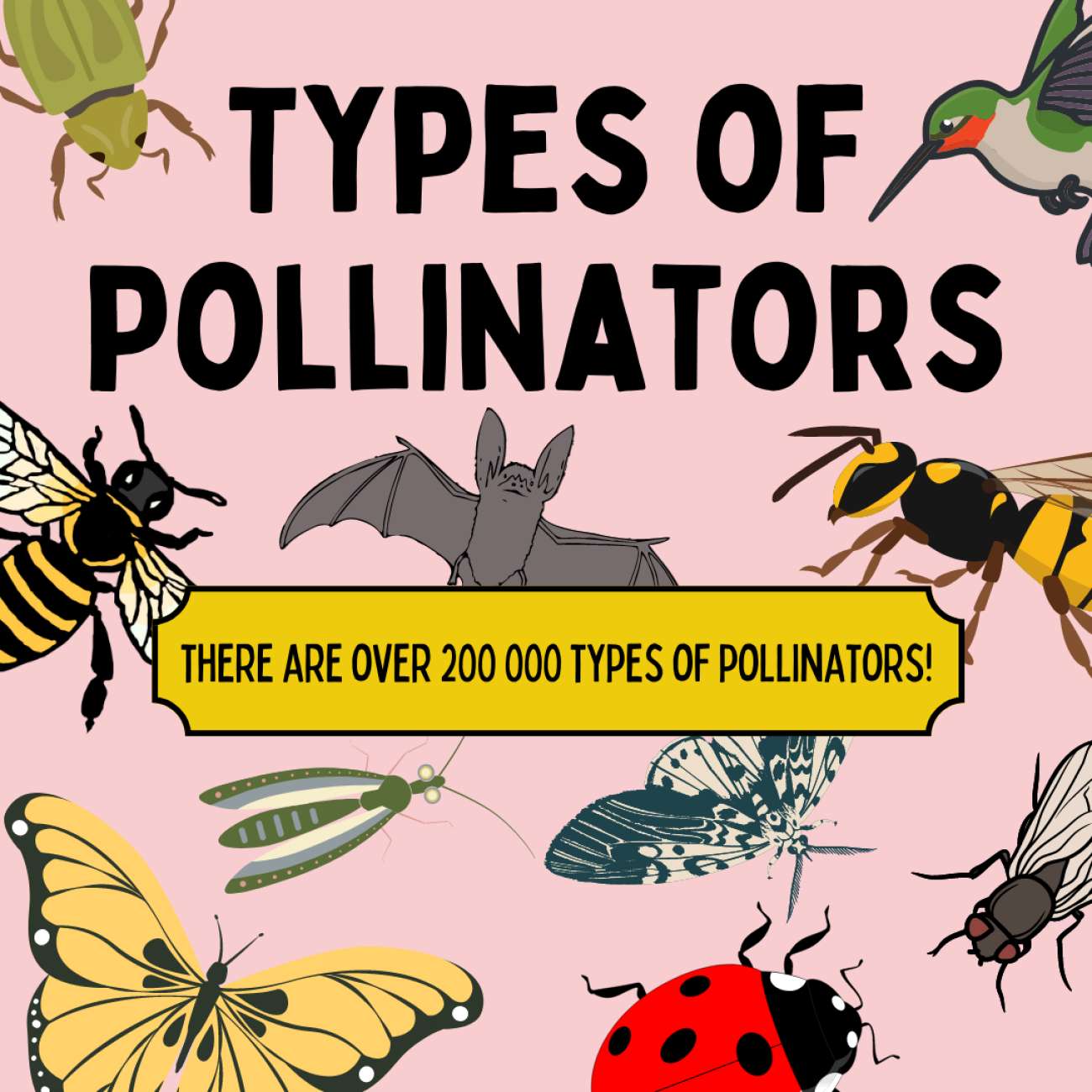
Pollinators are found on every continent except Antarctica. With 200 000 types of pollinators, they are an extremely diverse group of animals. Swipe to see some examples of pollinators all over the world. Many are very familiar to us, including bees, butterflies, and hummingbirds. Lesser known pollinators such as flies, moths, wasps, and beetles are also crucial to the reproduction of the plants around them. Some are only pollinators in certain parts of the world including bats, who pollinate in what’s known as the “Equator belt”, including South and Central America, Africa, and Asia, and lemurs, whose habitat is limited to Madagascar. Pollinators come in all shapes and sizes!
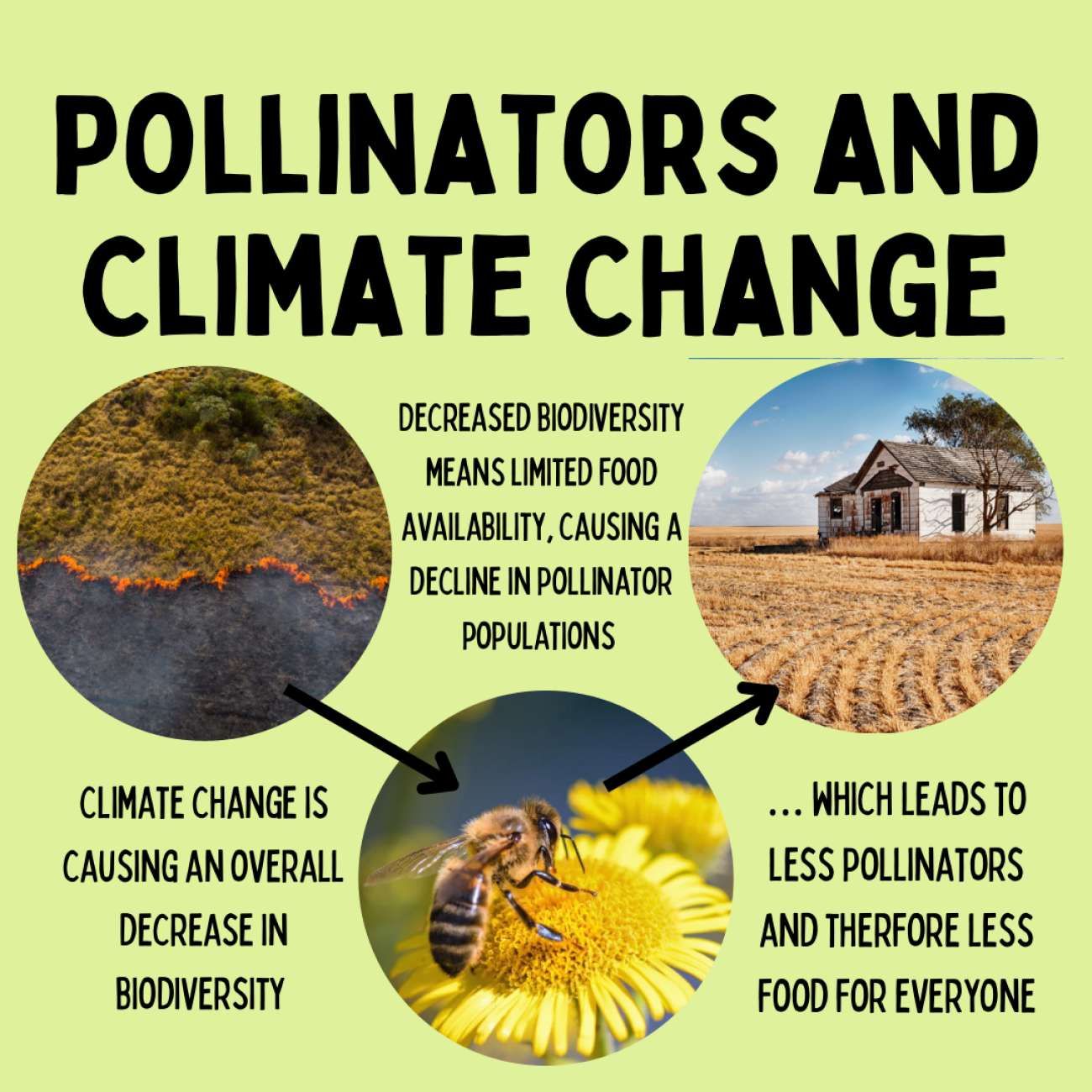
The theme of #PollinatorWeek 2023 is Connections between Pollinators and Climate. There are numerous ways in which pollinators are affected by climate change.
Firstly, climate change is causing a decrease in biodiversity from extreme weather events, higher temperatures, and loss of habitat. The decrease in biodiversity leads to less food for pollinators, a decrease in their population and therefore less food for us and other species.
Secondly, warmer temperatures are leading to earlier growing seasons which many pollinators are not adapted to. Earlier growing seasons lead to a lack of food when pollinators are used to it, which in turn creates a lack of food for pollinators and everyone else.
*This list is not all inclusive, there are many different ways in which pollinator health and climate are connected.
Climate change and pollinator health are deeply intertwined. As the effects of climate change are becoming more pronounced, it is extremely important to support pollinators in any way we can.
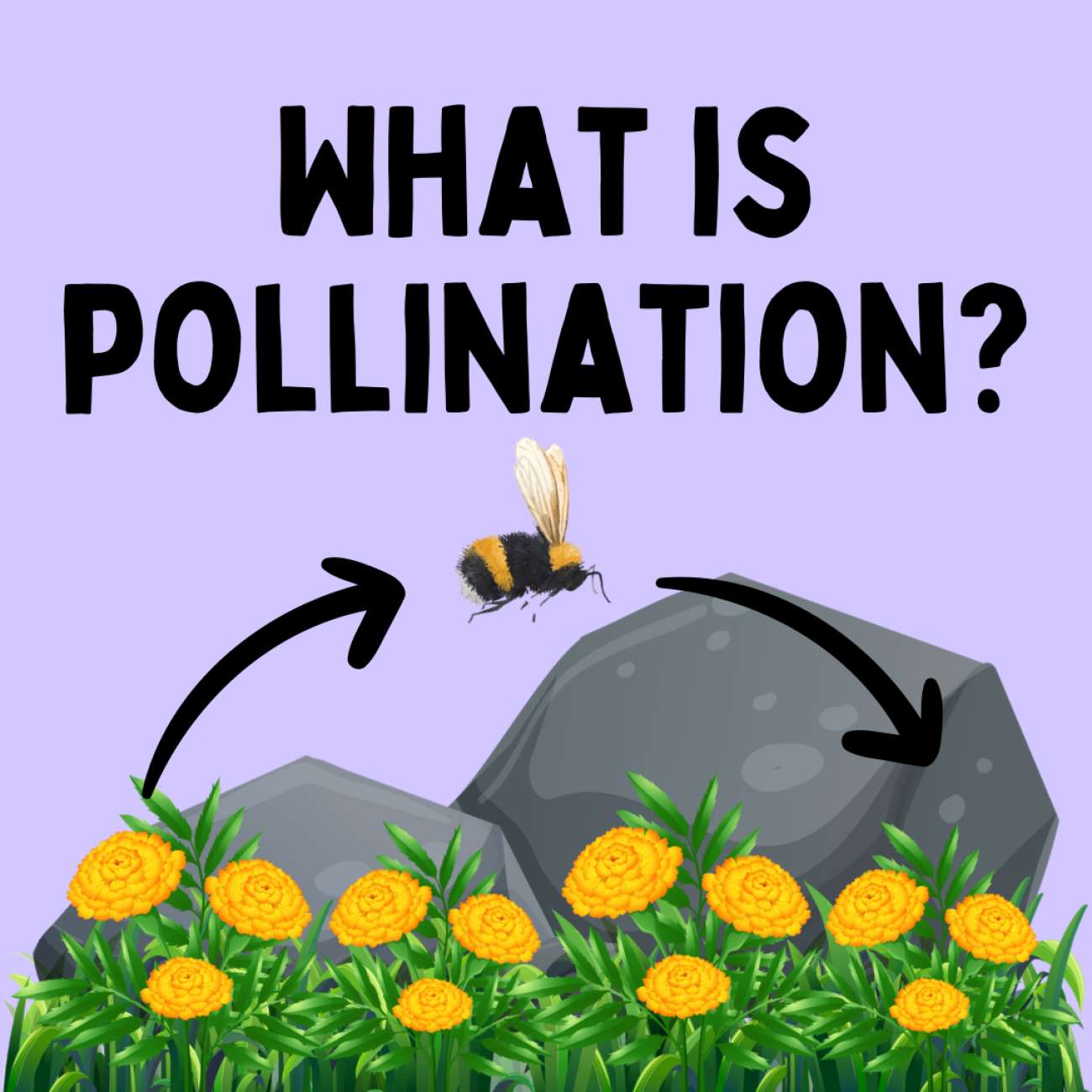
We talk a lot about pollinators, but what is the process of pollination and how does it actually work? Generally, pollination is the process by which pollen is transported from the male reproductive parts (the anthers), to the female reproductive parts (the stigma) of the plant, producing seeds and fruit. Pollen can be transported by animals, but also by wind, water, and sometimes people. Plants can be self fertile, where they do not need pollinators to reproduce (but pollinators are often still helpful to them), or plants can rely on cross pollination, where pollinators are needed to move pollen from one plant to another which expands genetic diversity. Pollination is a simple process which sustains life on Earth. Understanding this process is crucial to understanding how we can properly help and protect all the pollinators that do so much!
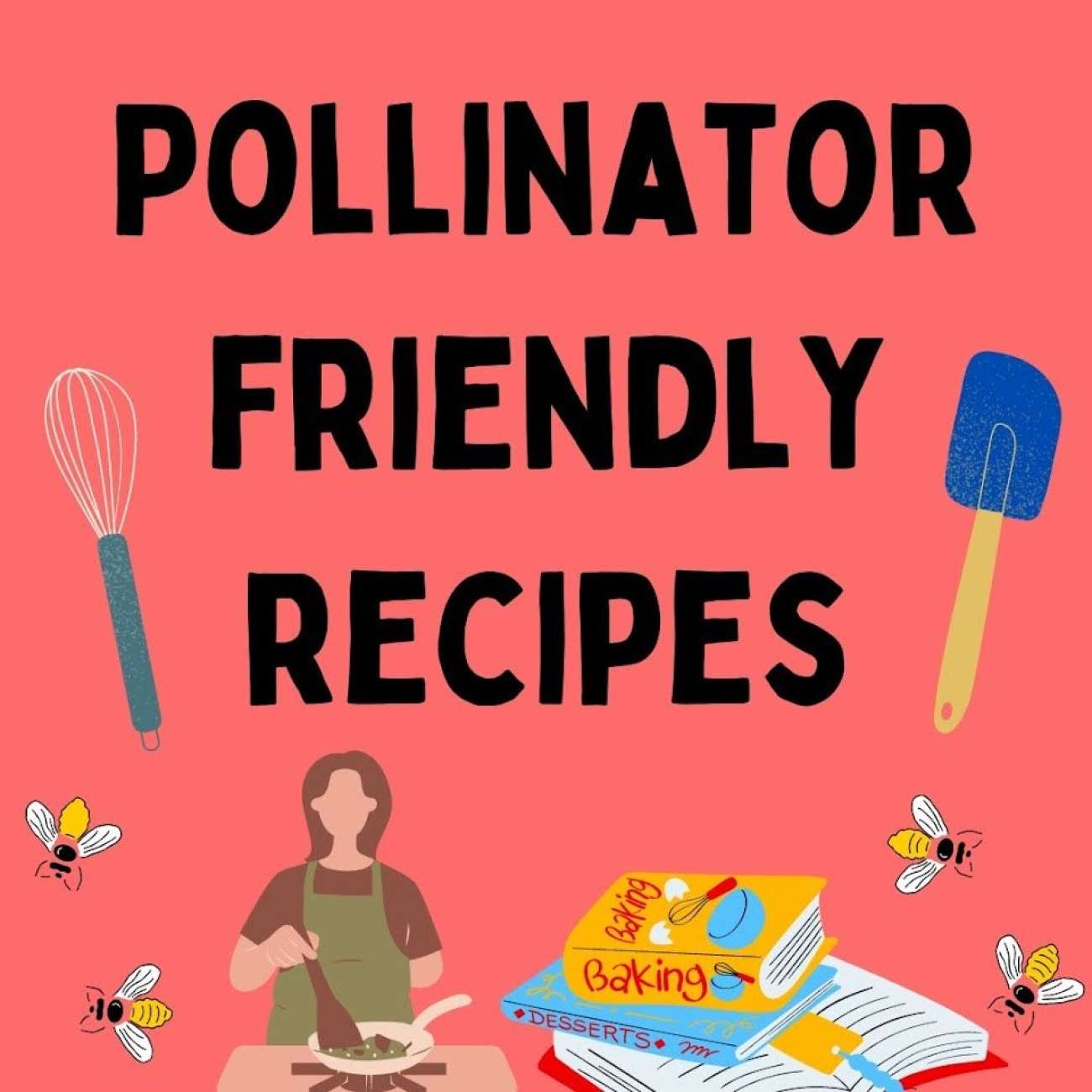
Buzz, fly, crawl into the long weekend with some refreshing summer recipes featuring food pollinated by some of our most familiar pollinators. Start off with a tomato avocado bruschetta (bumble bees & flies) , before moving into a kale salad (bees), and finish off the meal with an apple crumble (honey bees).
Recipes
Tomato avocado bruschetta: https://www.pollinator.org/pollinator.org/assets/generalFiles/Pollinator-Friendly-Cookbook.pdf
Kale salad: https://honey.com/recipe/kale-and-apple-salad-with-honey-dijon-dressing
Apple crumble: https://honey.com/recipe/skillet-salted-honey-apple-crisp
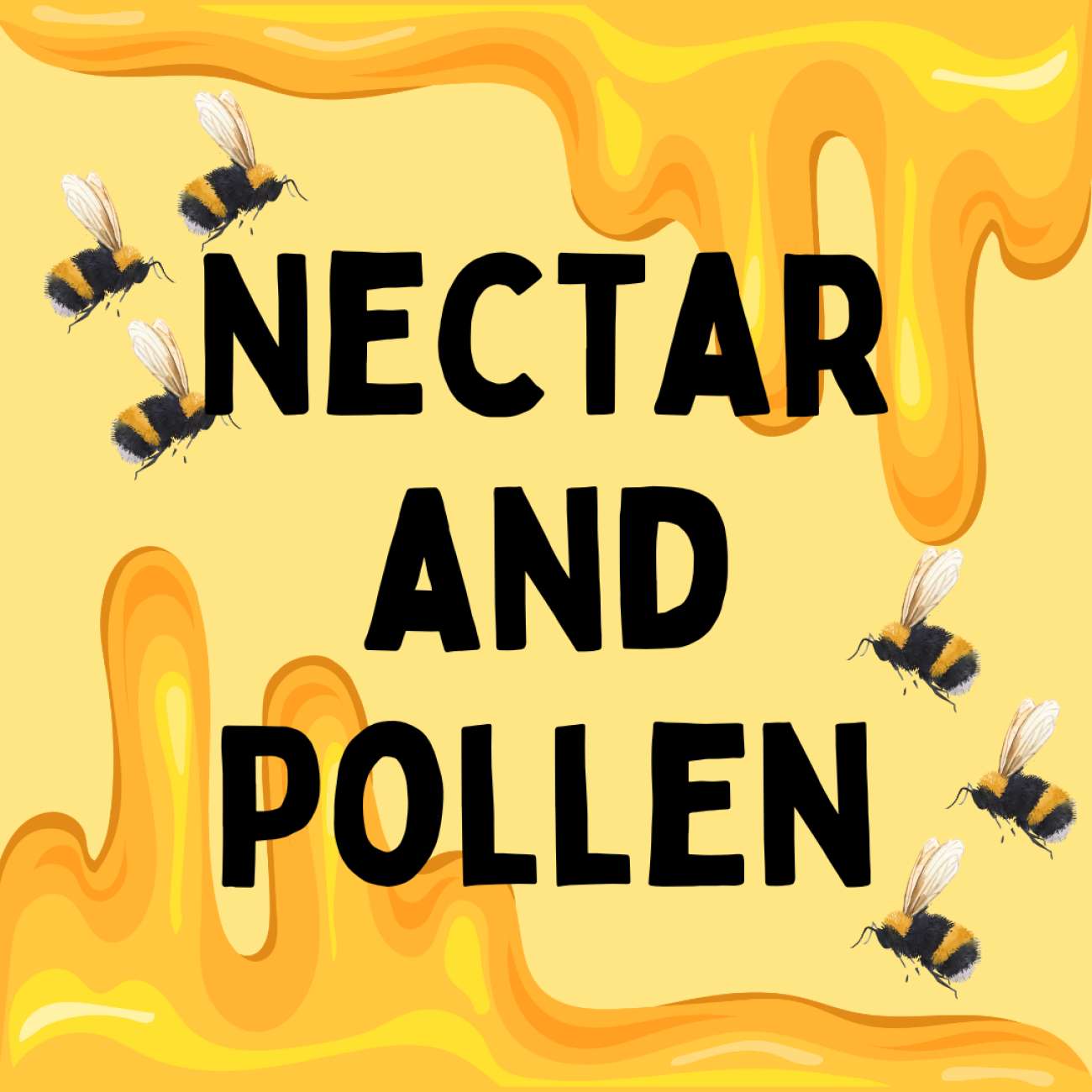
Nectar and pollen are necessary components to the process of pollination, and are often used interchangeably, although they are quite different in composition.
Nectar is a liquid produced by plants to attract pollinators who then spread the plants’ pollen grains. It is made up of mainly sugars, including glucose, fructose, and sucrose. It is also known to contain trace amounts of protein, salts, and acids.
Pollen, meanwhile, is a reproductive part of the plant. Each grain contains one or more vegetative cells, and one male reproductive cell, also known as a gamete. When the pollen is dispersed and reaches a pistil (term for parts of the plant which produce ovules- or female reproductive parts), the vegetative cells germinate and grow to reach the female gametes. These vegetative cells allow the movement of male gametes to the female gametes, and therefore fertilization. Some bees also consume pollen as protein in their diet!
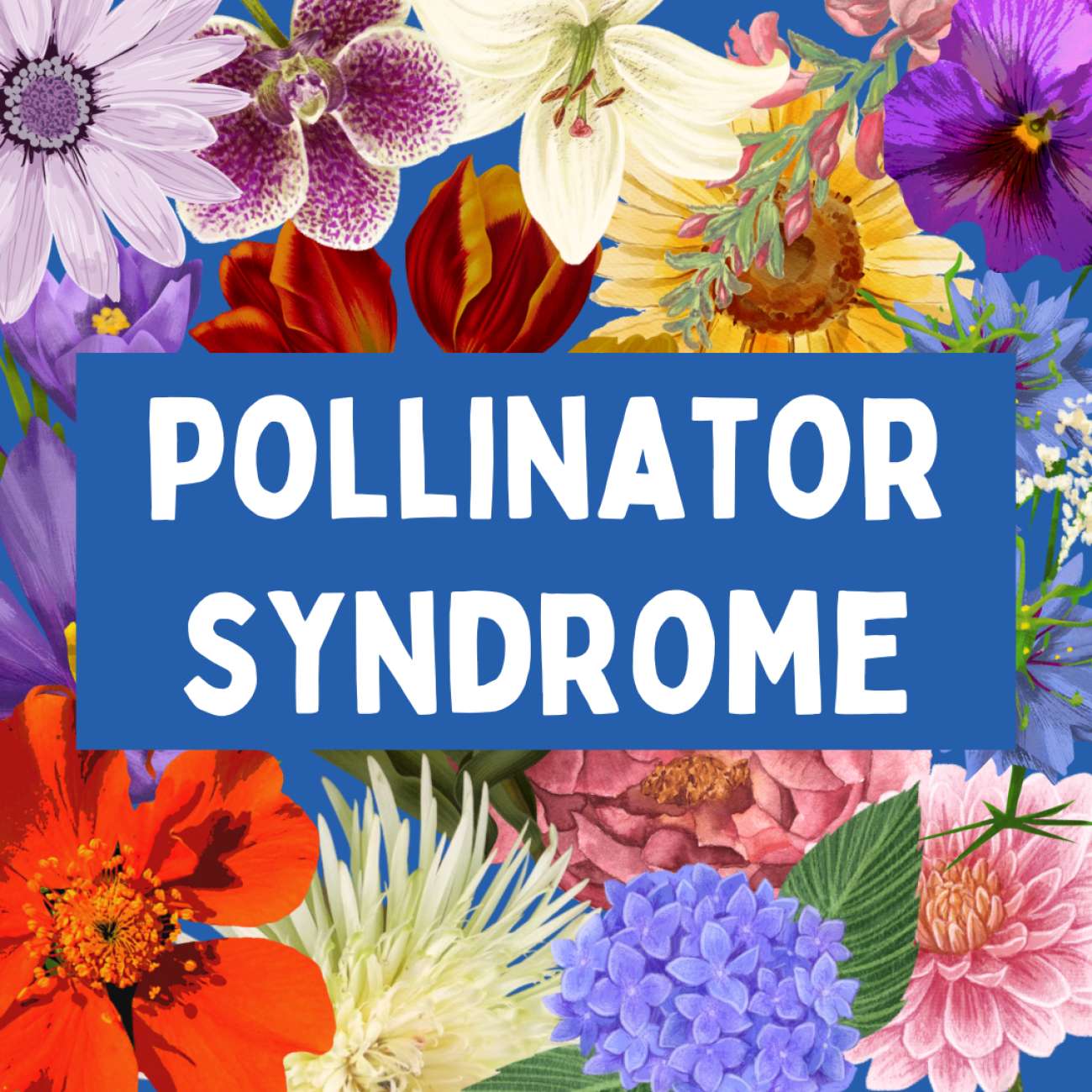
We’ve got pollinator syndrome, and it’s contagious! Just kidding! Pollinator syndrome (despite the name) does not refer to any disease or illness, but rather to a set of characteristics held by plants that attract particular pollinators to them.
Bees prefer blue and purple, bats enjoy musty smells, and birds like cups shaped flowers. Find out more at https://www.pollinator.org/pol...
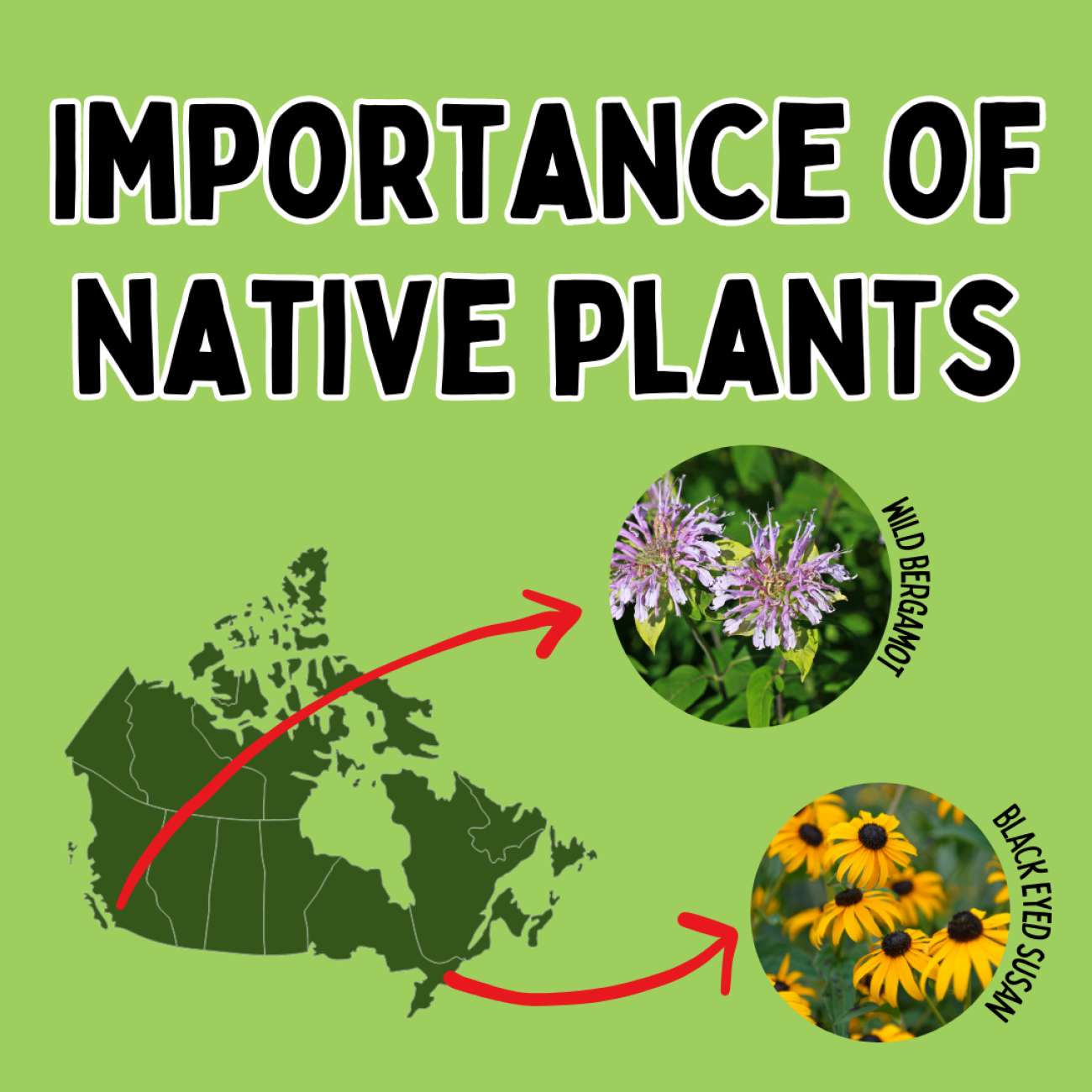
We talk a lot about native plants, but what are they and why are they so important?
Native plants are organisms that are indigenous to a given area in a specific geologic time. They have evolved over time with other native species in the area, including native pollinator species. Given that they have coevolved, native pollinators are best equipped to pollinate native plants, and derive the most nutritional content from native species. Invasive species are non native species introduced by humans with harmful effects on native ecosystems. They repopulate out of control because they have no native predators. Pollinators, despite their best efforts, can pollinate invasive plants and contribute further to this repopulation. This is why it is essential to plant native plants, for pollinator nutrition and health, as well as broader ecosystem health. Native plants also require less care than invasive plants and are therefore excellent choices for your garden!
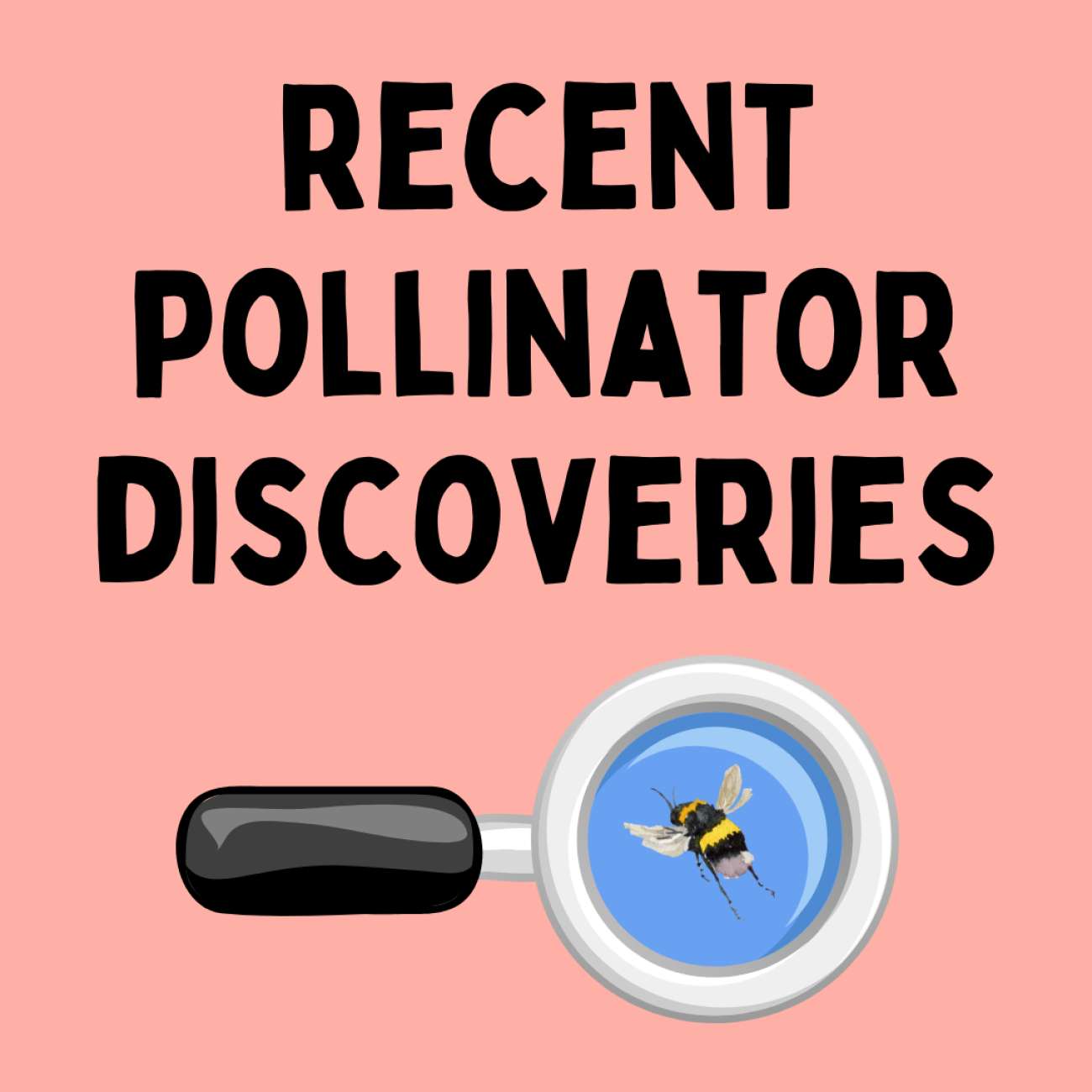
Pollinator research is ongoing, and fascinating! There have been numerous new discoveries within the past couple of years that reshape the way we view pollinators and the process of pollination. Prior to this year, we have not known of any amphibian pollinators, but now know that the Brazilian Tree Frog accidentally (but significantly) pollinates the same flowers it consumes. Additionally, a new island lizard in Mauritius has been discovered to engage in the same behaviour as the tree frog. Scientists also believed, until a couple of years ago, that pollination was a process exclusive to land dwelling plants and animals. It has been discovered that zooplankton and small crustaceans can also pollinate underwater plants as they feed or take shelter.

With bees being so tiny, it can be hard to visualize what their little bodies really look like. Check out our graphic to see more detailed diagrams of their anatomy and learn some fun facts! Bees’ bodies are generally divided into three parts: the head, the thorax, and the abdomen. The head contains their brain, eyes and mouths. The thorax is what is connected to the wings and legs, and controls the movement of the bee. The abdomen contains the majority of the internal organs, including the stomach, small intestine, and rectum.
*All pictures used are of a brown-belted bumble bee
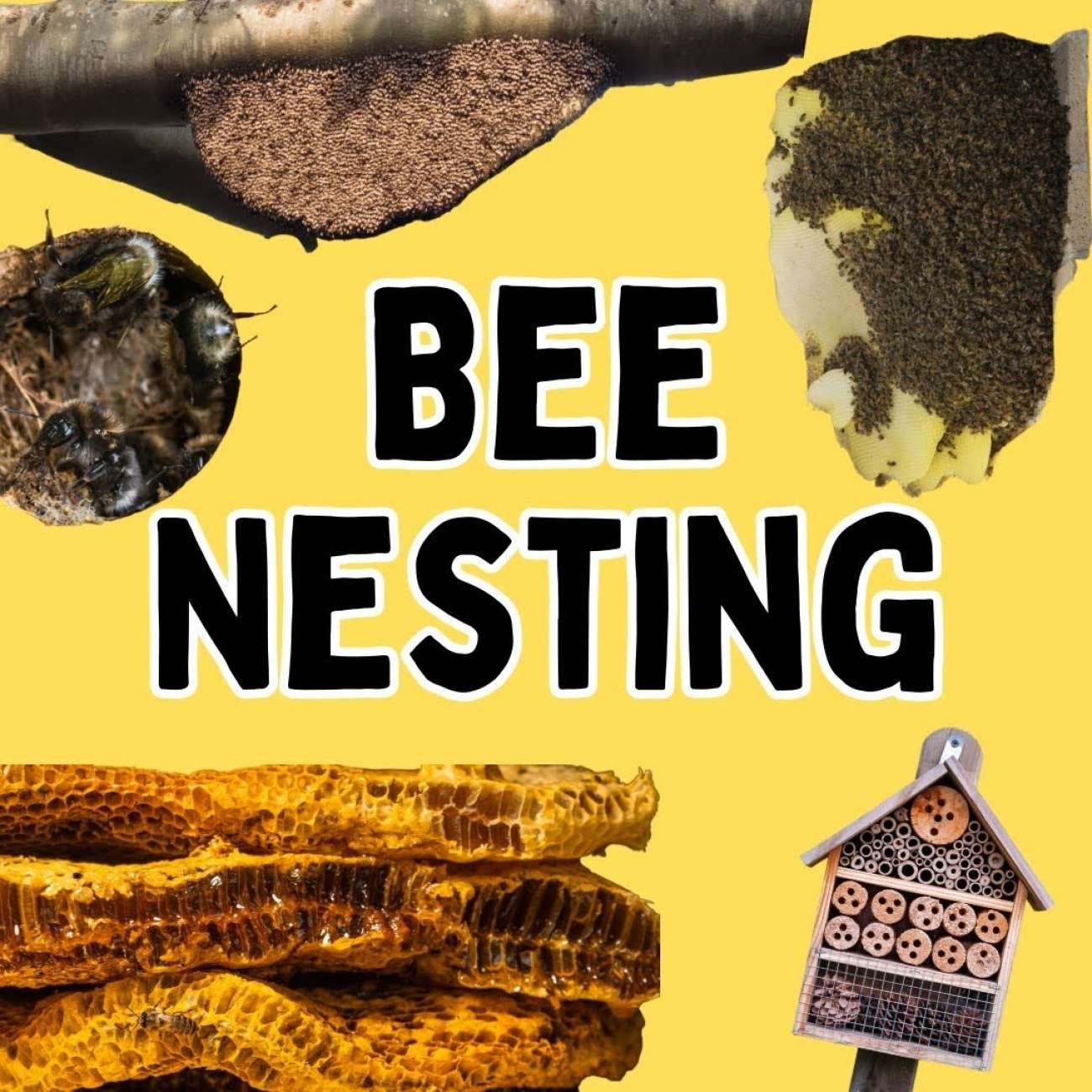
When thinking of bee nests, most of our minds immediately go to the incredible honey bee hives we see out in the fields. In reality, this type of social hive nesting represents a very small percentage of all bee nests. Many bee species are solitary, and over 70% are ground nesting. They dig small individual homes into the ground, sometimes in groups called aggregations. These aggregations can reach incredible sizes, and can last for decades. The longest lasting aggregation remained in the same place for 60 years. Social bees such as honey bees build their hives in cavities such as tree hollows or in human structures. A typical healthy honey bee hive hosts anywhere between 20,000 and 80,000 bees. Bumble bees are also social species and nest in colonies underground protected by leaf litter. Some bees only occupy existing spaces and are considered “renters”. Others build solitary homes out of other materials and are called “builders” or “architects”. These include leafcutter bees.